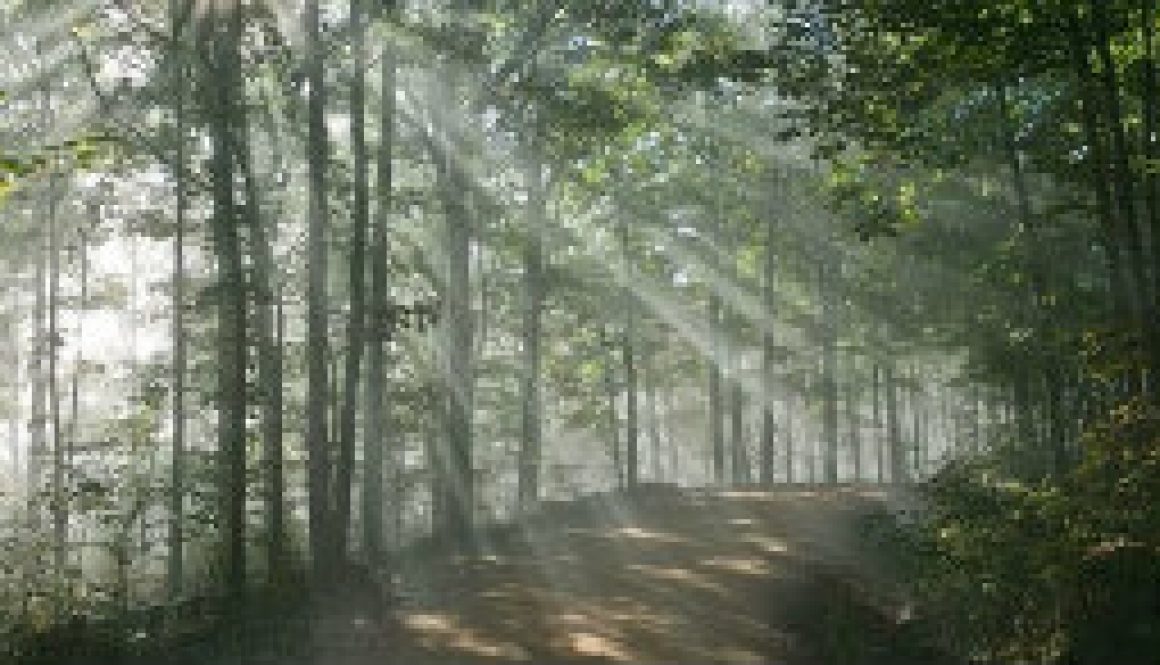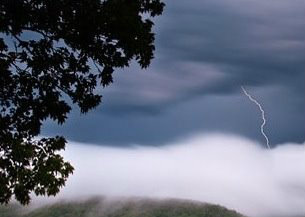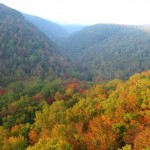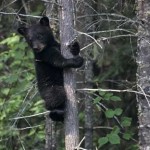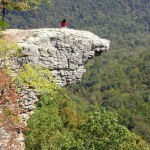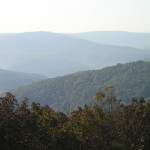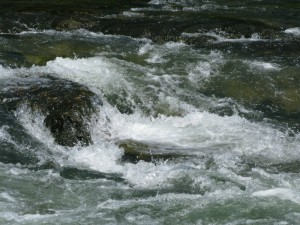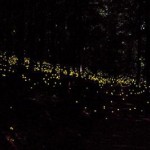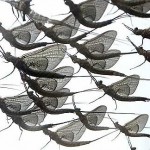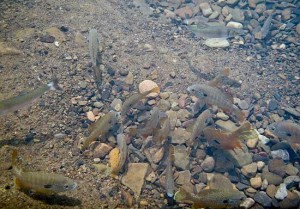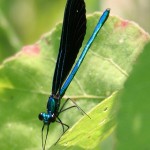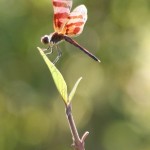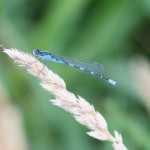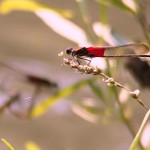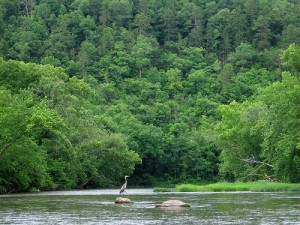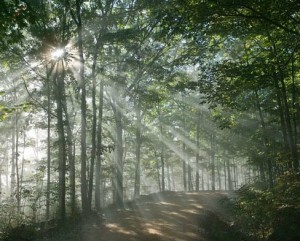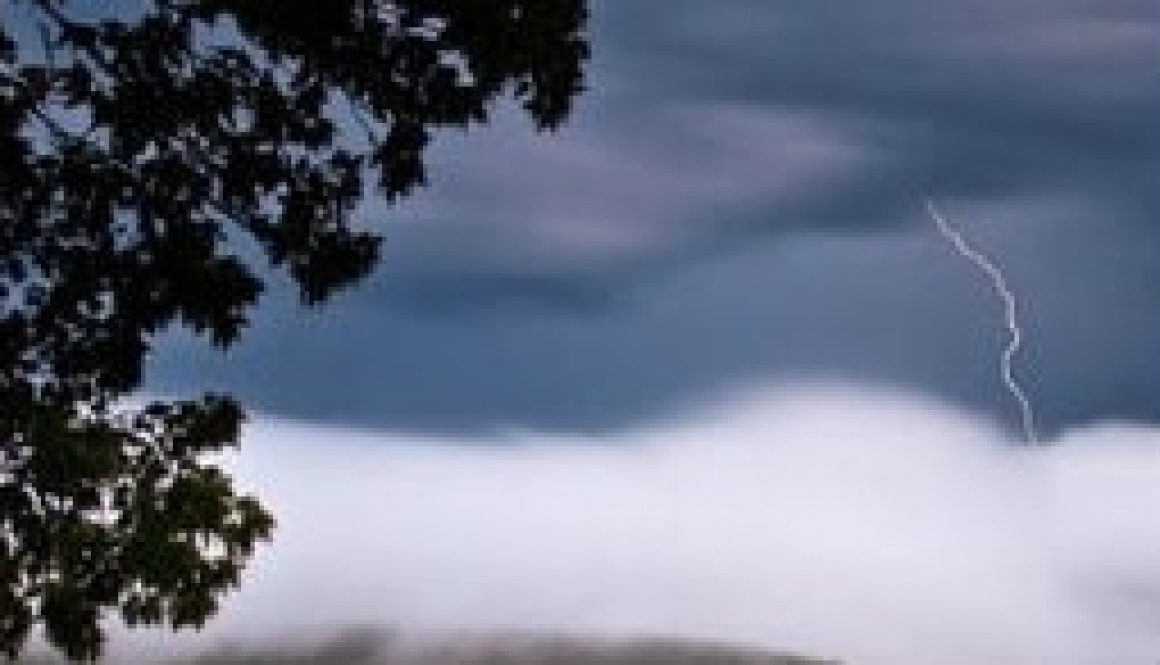
Blog Archive
Steve’s Blog

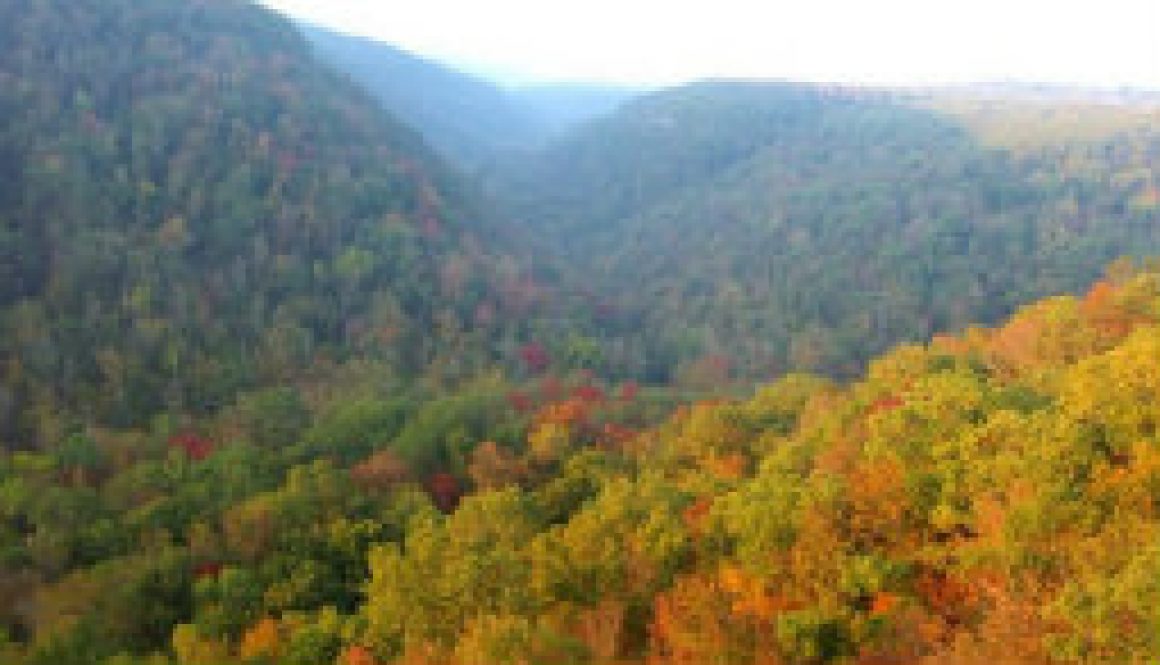
Worthwhile day trip from ROLF to Hawksbill Crag
To get there take State Highway 43 south out of Harrison, Ar, to Ponca and then right (west) on Arkansas 74 through Boxley to Cave Mountain Road (on the right). The trailhead is about 8 miles up Cave Mountain Road; parking on the right side and entrance to the trail on the left. The entire hike is on a well marked trail and it is mostly ocverd nicely by large trees; so there is lots of shade.
This bear country. Remain alert – you don’t want to surprise one. Be sure to sign in at the Post on the trailhead for this trek. A take a bottle of water and a camera with you; of course, leave no trash.
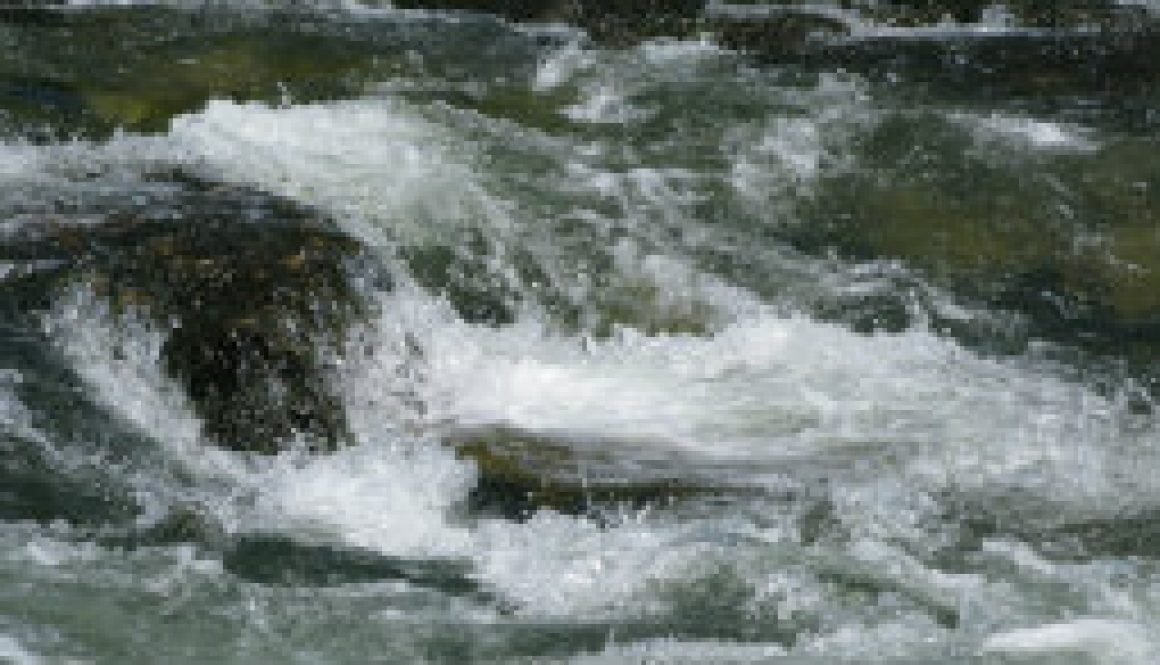
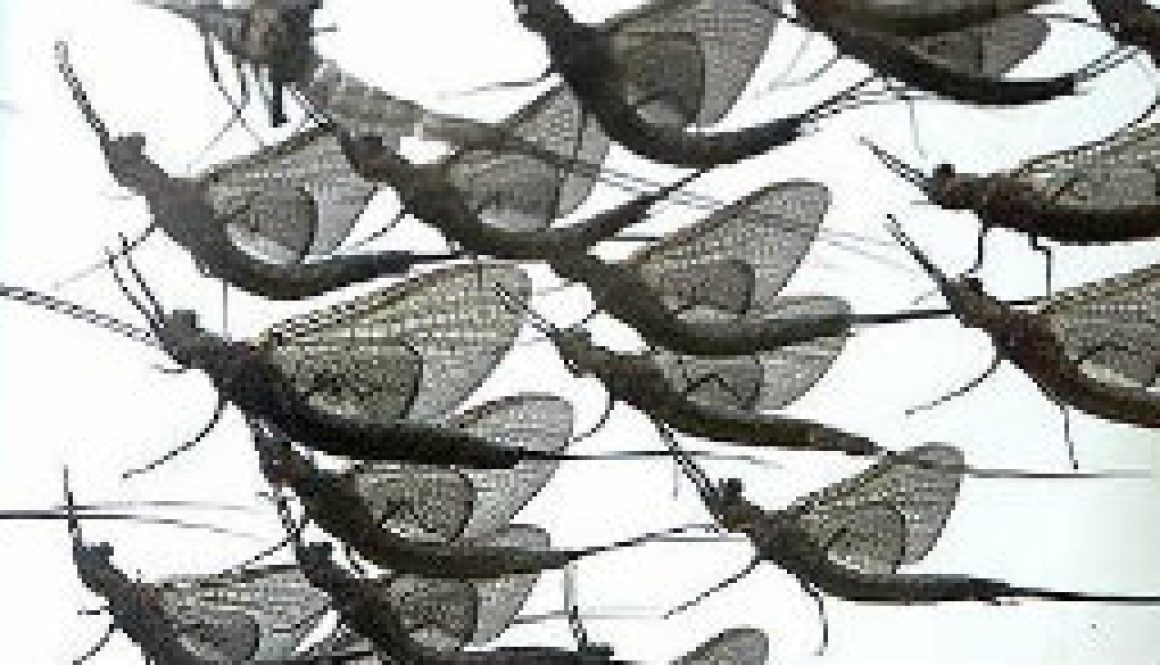

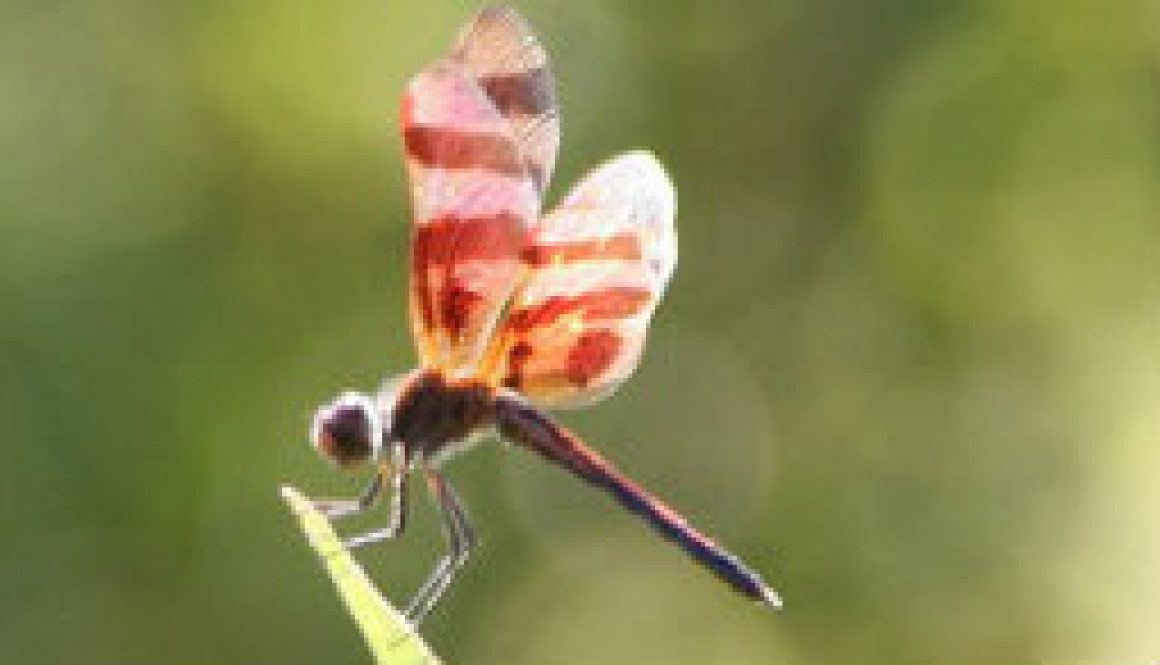
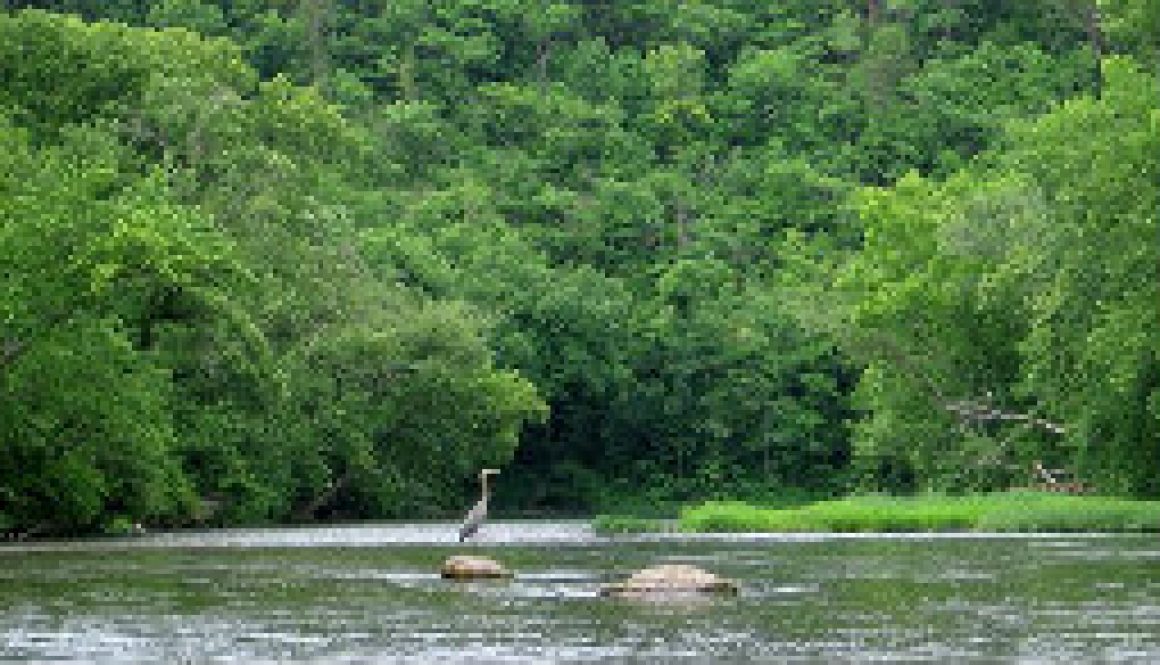
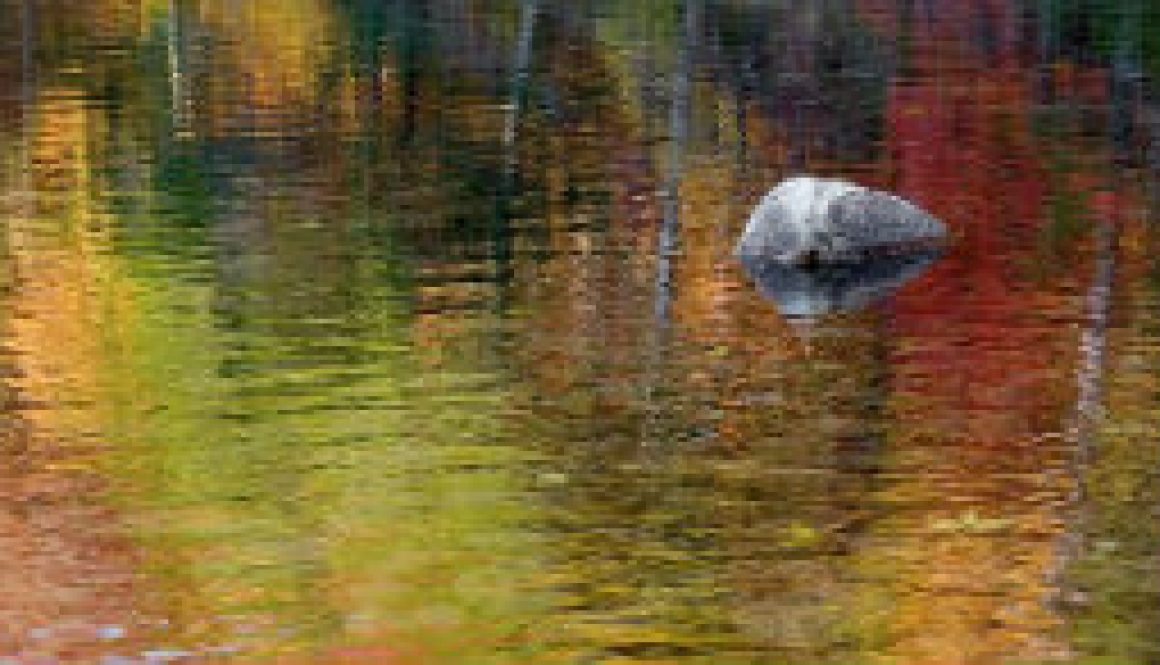
Just a picture reminder to all; it is almost autumn
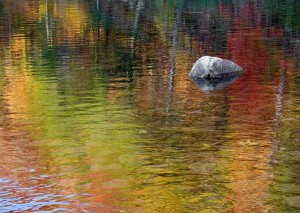
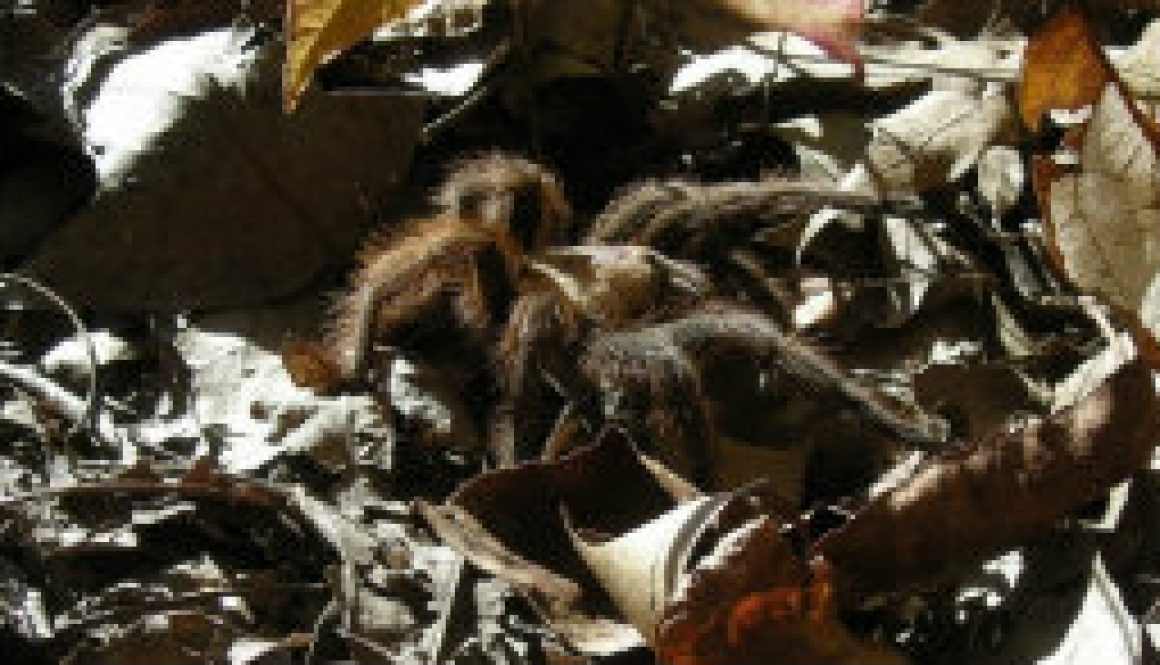
Missouri Tarantula visits ROLF
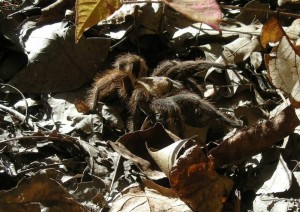
The tarantula’s large size and shaggy appearance is frightening to many people, leading them to believe it has a ferocious nature. It actually is a shy creature, quick to evade humans. Taranthulas are typically at home in areas seldom frequented by people. They appear to prefer dry, rocky glades, where they spend their days in silk-lined burrows in abandoned rodent or reptile tunnels or in other natural cavities. Like many hunting spiders, tarantulas are active at night, when they hunt for insects such as crickets. In late summer and fall, south Missourians often see these large arachnids crossing roads. This wandering phenomenon has been documented in male tarantulas in southern California, but it has not been studied in Missouri.”
